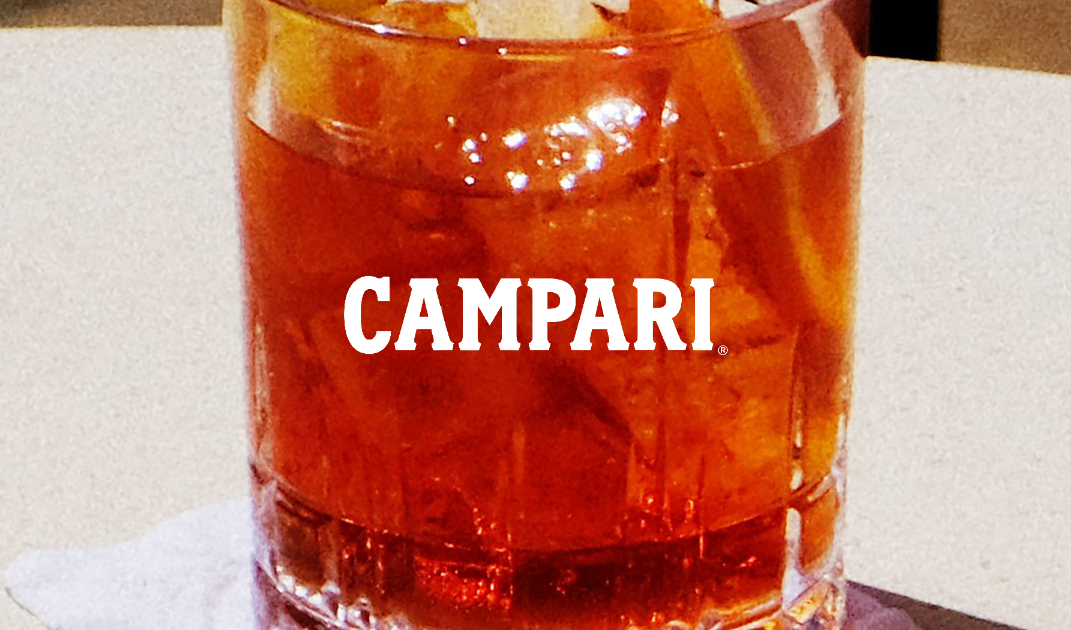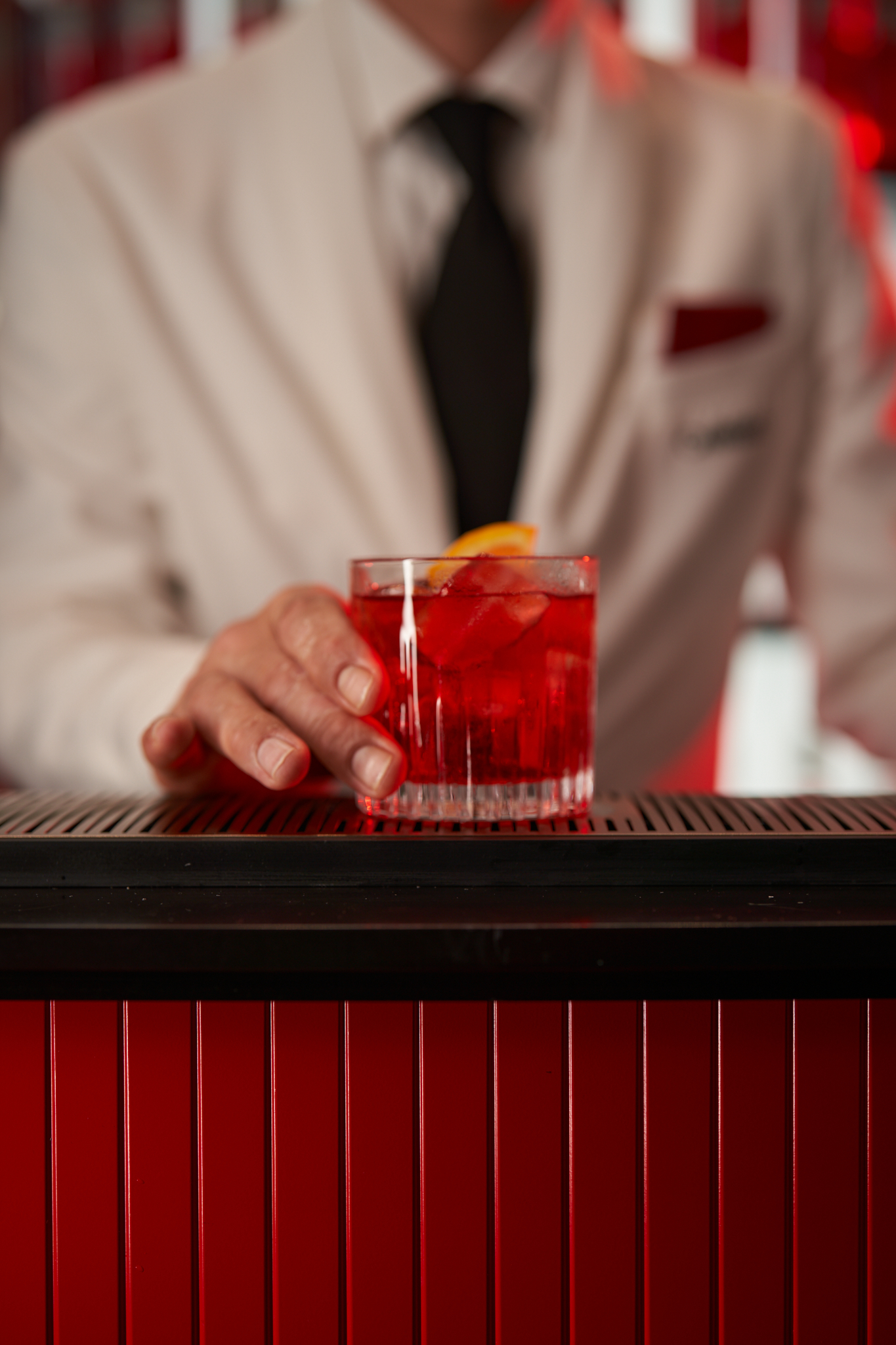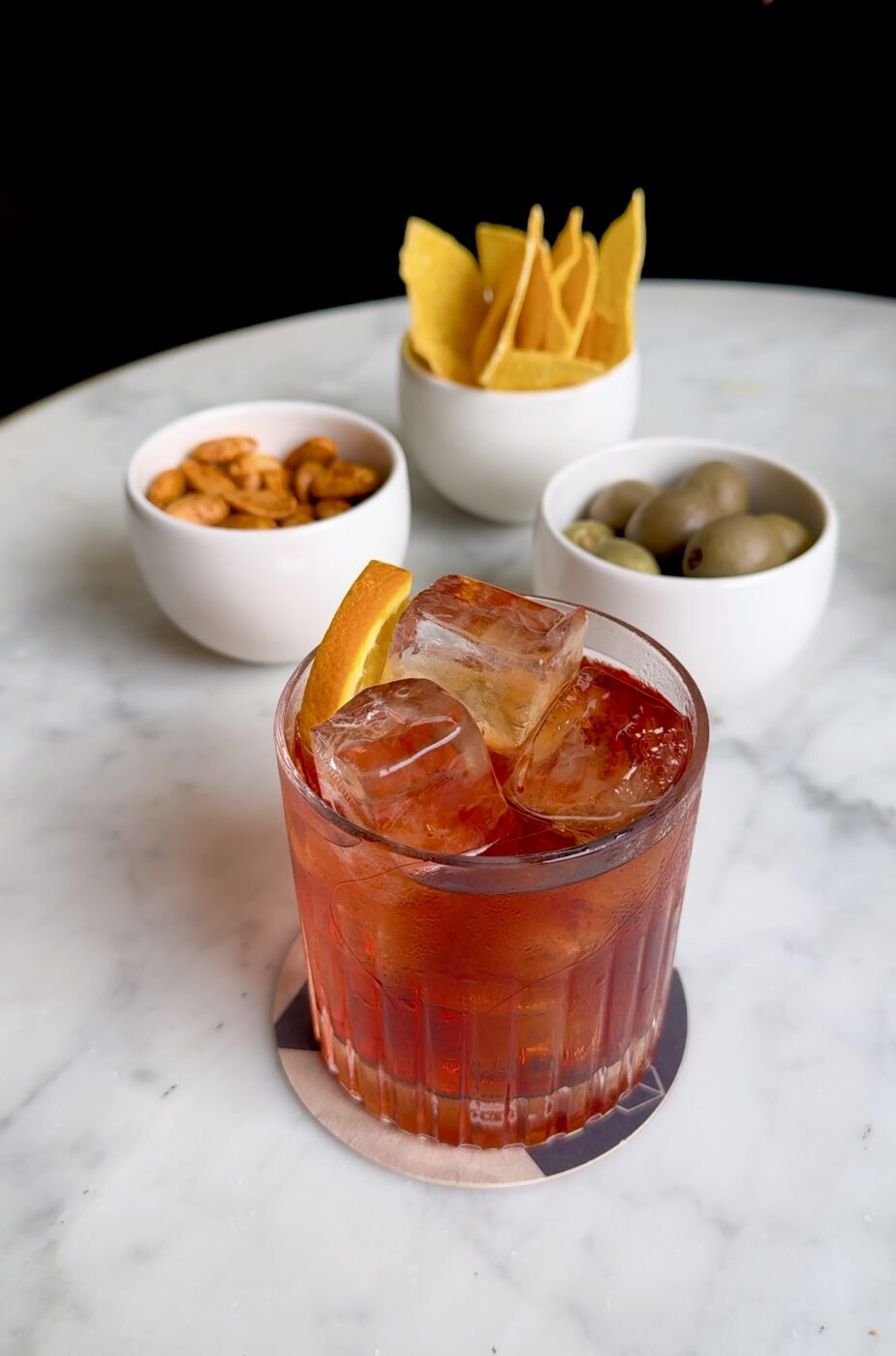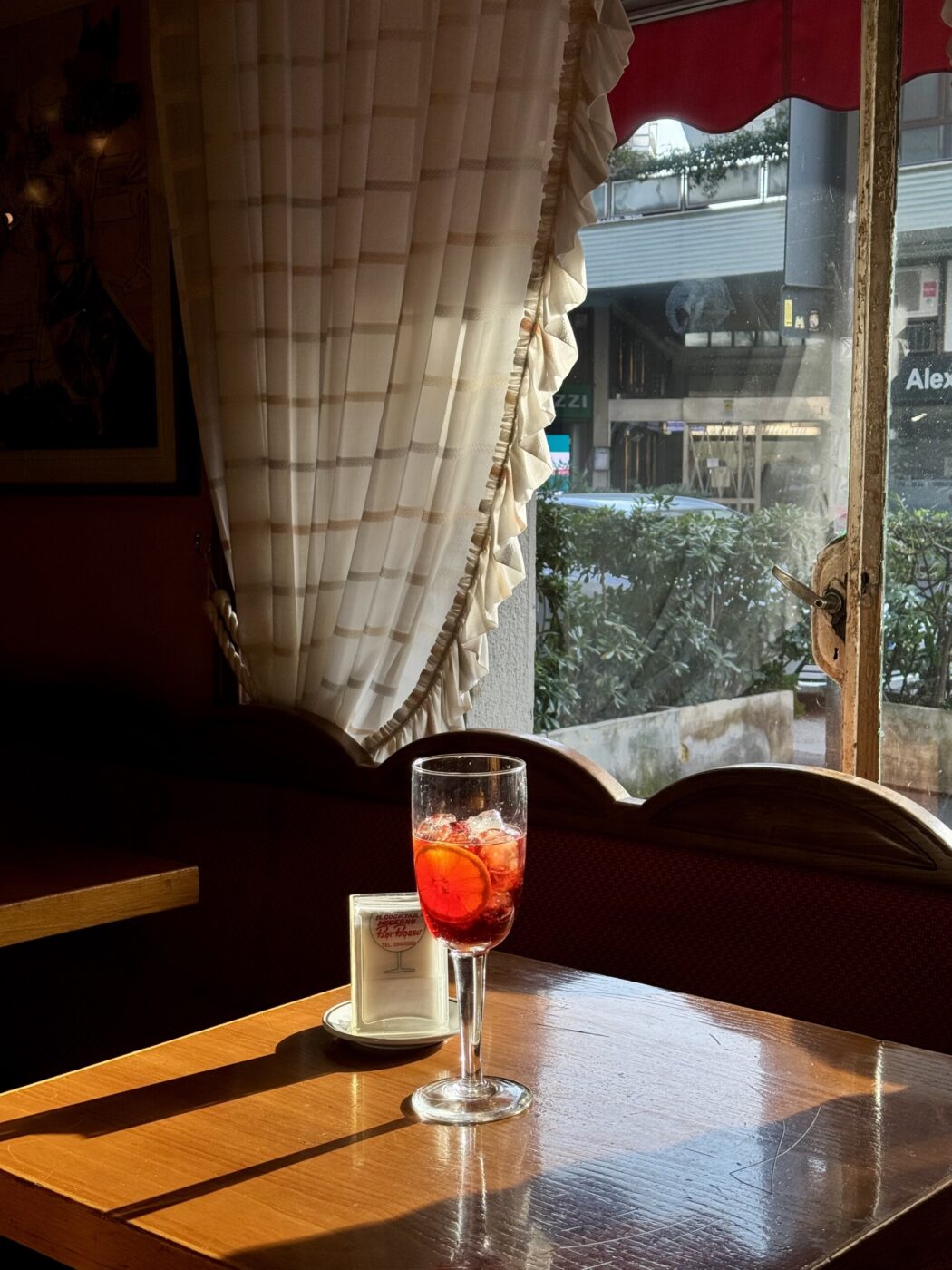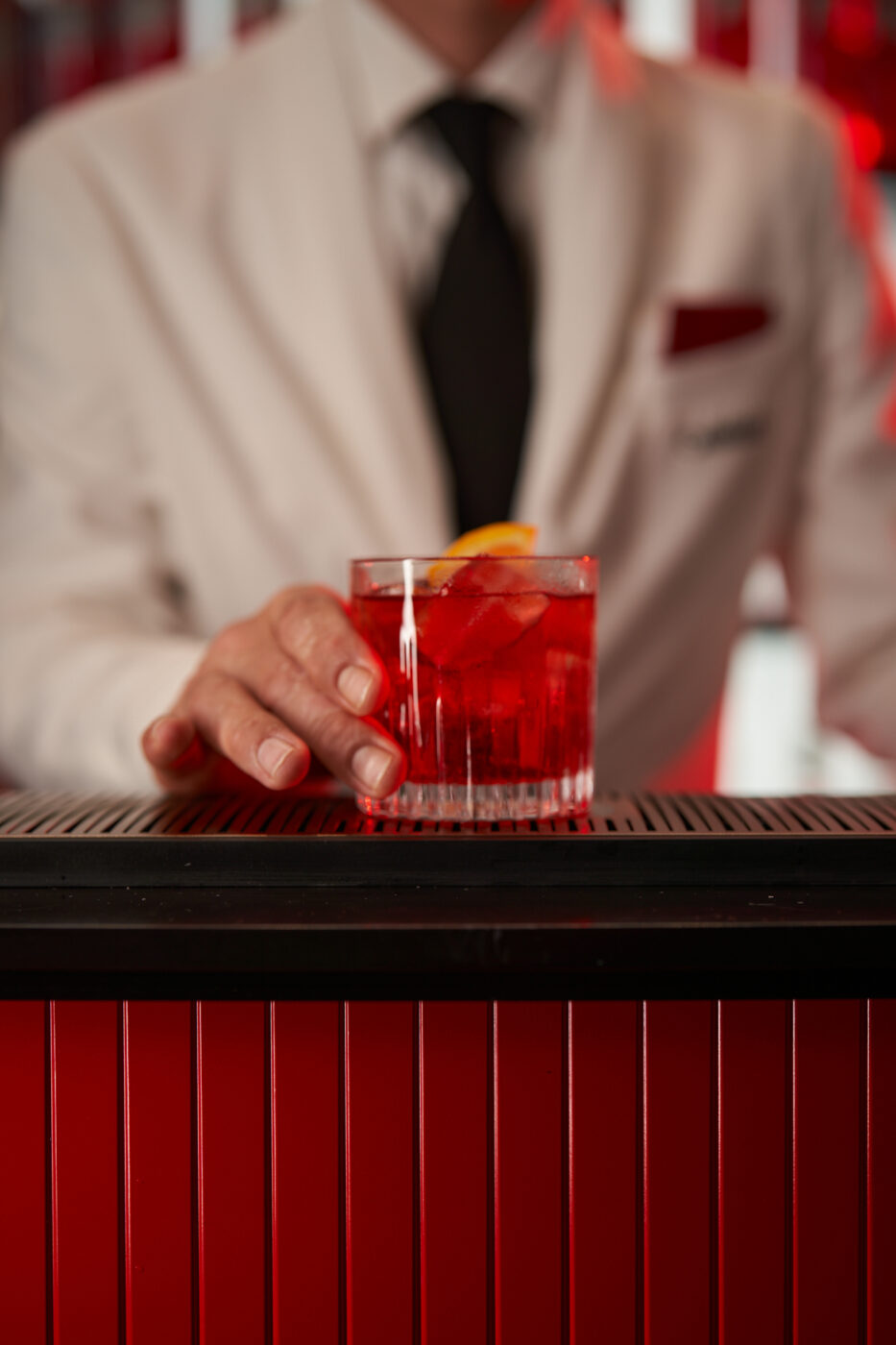Walk through the cobbled streets of Florence, and you’d be hard pressed to find an aperitivo table missing a certain ruby red-hued drink: the Negroni. It is the cocktail’s birth city, after all. The punchier, sultrier cousin of the Campari Spritz, the Negroni was born right here, on the luxe shopping street Via dè Tornabuoni, in 1919, when horse-drawn carriages still roamed the streets–as did one Count Camillo Negroni. The count had lived in both London and New York and came back to his hometown of Florence with a newfound cosmopolitan mindset; in New York, he’d frequented the trendy drinking clubs, where mixology was taking hold–unknown in Italy at the time. Wine was almost exclusively the drink of choice for Italians, though the well-heeled would begin to “drink American” with combinations of spirits and vermouth. (It wouldn’t be until post-WWII that cocktails and the character of the barman would start to take hold here.)
Upon his return, the young count visited his usual spot: (the now-defunct) Caffè Casoni, helmed by trusted barman Fosco Scarselli. In those days, the Milano-Torino was a popular drink of choice; vermouth, Campari Bitter, and soda, the drink was invented in 1860 by Gaspare Campari at his Caffè Campari in Milan and named for the two cities from which the two alcohols came. (You may now know this cocktail as the Americano, so-nicknamed in the 1920s during the American Prohibition era when locals observed the large number of American visitors, deprived of alcohol, who were ordering the cocktail.) Looking for a little extra oomph, Camillo asked for the Milano-Torino’s soda to be substituted with gin. Scarselli added a garnish of orange peel to differentiate it from its predecessor (which is topped off with a lemon slice), and the Negroni was born. Equal parts gin, vermouth, and Campari Bitter (the International Bartenders Association recipe specifies that the bitter must be Campari), the Negroni has since skyrocketed to international renown, becoming the most loved cocktail in the world in 2022 and 2023, according to Drinks International Brands Report. As Francesco Delfino, bar manager at London’s Henson’s Bar and Social, told Drinks International, “One of the key elements of the Negroni is that it is very versatile. We are in a period called the ‘Second Golden Age of Cocktails’ where everyone is discovering all the classic drinks that were forgotten during the disco era.”

Suitable for both aperitivo and digestivo functions, the Negroni is a favorite of drinkers and bartenders alike for its easy three-part measure, bittersweet balance, and strong sips… A hundred and five years later, it’s an absolute classic, and, as with all classics, there are as many twists on this cocktail as there are on the road to the Amalfi Coast. There’s the Boulevardier, which subs the gin for bourbon; the Quill, which rinses the glass with absinthe; and the wacky Giostra d’Alcol (Carousel of Alcohol), invented by Futurist painter Enrico Prampolini, which mixed Campari, red wine (originally Barbera), and Cedrata and topped it with a square of cheese (to be eaten before drinking) and another of chocolate (to be eaten after drinking). That said, there are another two twists that we’ll be drinking all summer long: the Negroni Sbagliato and the Oaxacan Negroni.
Negroni Sbagliato
The former seemed to be on the tip of everyone’s tongues in 2022, when a video of HBO’s House of Dragon star Olivia Cooke asking co-star Emma D’Arcy about their favorite drink went viral and led to a 501% increase in searches for the cocktail. This version of the Negroni, whose name translates to “mistaken” Negroni, was invented 300 kilometers north of the original, in Milan at the historic Bar Basso. The story goes that, in the 1970s, bartender Mirko Stocchetto mistakenly used sparkling wine instead of gin, resulting in a lighter, effervescent version of the classic cocktail.
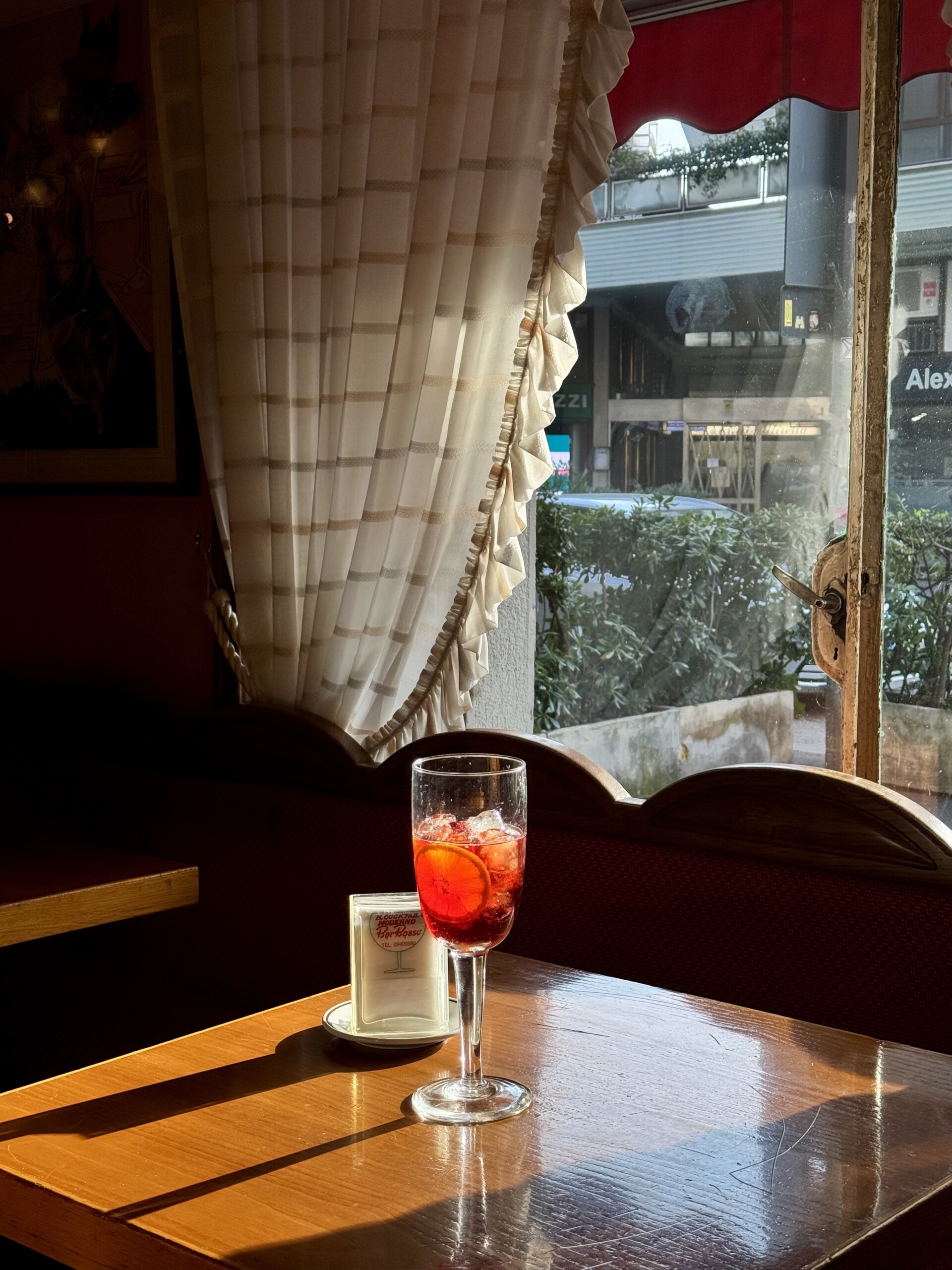
Oaxacan Negroni
The latter, the Oaxacan Negroni, is the Sbagliato’s complement. A rather new cocktail on the scene, this “horizontal twist”–meaning the classic is reinterpreted with a single ingredient switch–replaces the gin with mezcal, preferably Montelobos Espadin. The smoky agave-based spirit pairs perfectly with Campari, developing a nice bitterness that’s balanced by the sweetness of the red vermouth. You may also find the Oaxacan Negroni simply labeled as a “Mezcal Negroni”, and some bartenders may include both gin and mezcal; others may also add Ancho Reyes, a chili pepper liqueur made with anchos (dried poblano peppers) and produced in Puebla City, Mexico. It’s a particularly chic take on the beloved classic.
These are just two of the dozens of twists on the Negroni, and, as much as we love them, we just can’t help but always go back to the original–one that beats the trends–the drink born under Brunelleschi’s dome, as much an icon of Florence (and our aperitivos) as the Goliath slayer himself.
